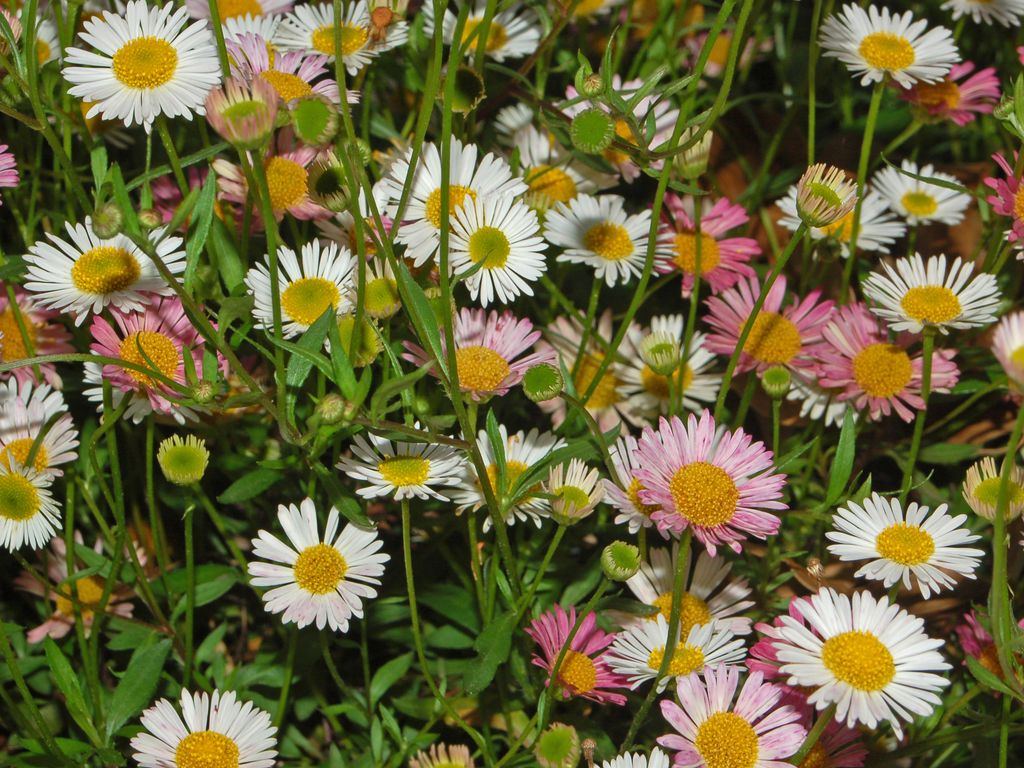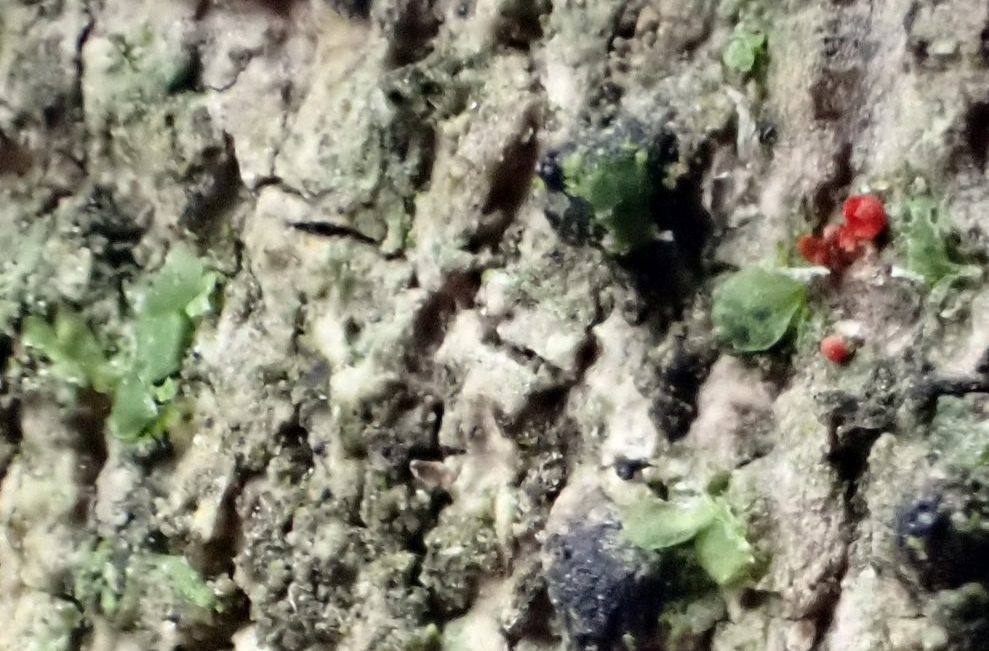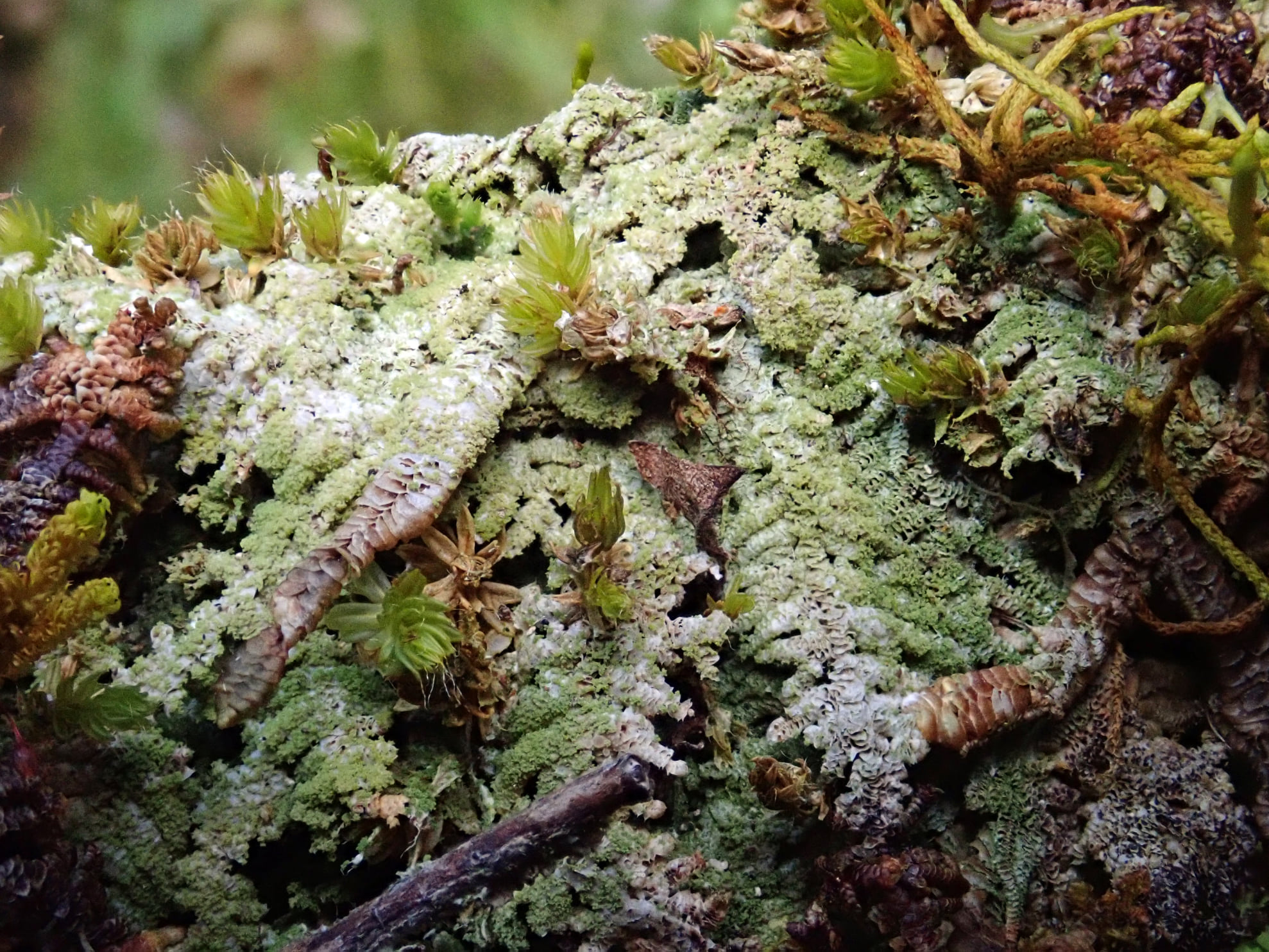Unitec’s Dr Glenn Aguilar, Associate Professor Dan Blanchon and Lauren Hannah have co-authored a new research paper on the projected spread of the Mexican Daisy (Erigeron karvinskianus), a garden flower turned invasive weed that is spreading its way through the New Zealand environment at an alarming rate.
But just how this plant – and other plants of concern – will fare as climate change occurs was unclear, so Blanchon and Aguilar, together with Hannah (who was a graduate student at the time of the research) designed a study funded by Auckland Council.
This built on previous work in Unitec’s School of Environmental and Animal Sciences that anticipates the spread of the house crow, the Chinese Windmill Palm, the Queensland fruit fly and the brown marmorated stink bug, all of which are threats to the New Zealand environment as things heat up.
In a paper recently published in the journal Climate, the authors wrote that the Mexican Daisy already has “serious impacts” on revegetation or replanting projects and “may require significant resources for clearing, preparation and maintenance to ensure the growth and survival of replanted species.”
It had been generally thought that weeds that had been enjoying the environment in Aotearoa New Zealand will spread southwards, and lose traction in the north. But the team in the School of Environmental and Animal Sciences at Unitec wanted to provide a more detailed picture of what we can expect for this particular species.
Their research confirmed this general shift by employing different mapping models and climate change variables. For example, a two degree rise in temperature over the next 40-80 years would see the daisy spreading down the east and west coast of the South Island. If temperatures rise by four degrees, the plant may become absent from the North Island almost entirely except for the Wellington area by about 2050.
This research could usefully impact the allocation of resources in different regions to anticipate growing or decreasing incidences of common invasive species.
For more research into invasive species, check out the journal Perspectives in Biosecurity at ePress, Unitec’s open-access research platform. The latest issue features a paper by Blanchon and Sarah Killick on the effect of commercial composting on the seed viability of Moth Plant, another invasive plant threatening the local environment. Also worth a look is the Applied Molecular Solutions website where recent research in biosecurity is available.
Keep an eye out for a future post on this blog about the summer studentships hosted by Environmental and Animal Sciences at Unitec to support research into Kauri Dieback, Moth Plant, and biosecurity processes on Hauraki Gulf ferries.
Sign up to the blog for notifications of new posts!





